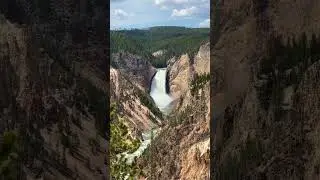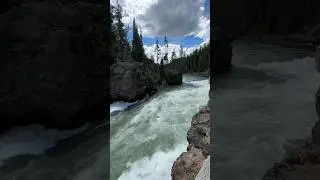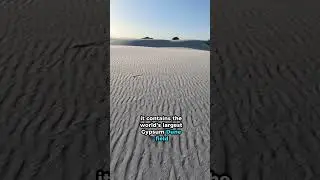Significant Findings: White Sands National Park
White Sands National Park, located in southern New Mexico, USA, is a remarkable natural wonder encompassing 145,762 acres of the Tularosa Basin. Its defining feature is the world's largest gypsum dune field, spanning approximately 275 square miles and creating a surreal landscape of brilliant white sand dunes. Despite the harsh desert-like conditions, the park supports a diverse ecosystem of plants and animals uniquely adapted to this environment. Visitors can engage in various activities such as hiking, sand sledding, stargazing, and photography. The area has a rich history, having been inhabited for thousands of years before being designated as a national monument in 1933 and later elevated to national park status in 2019.
In 2021, researchers made a groundbreaking discovery at White Sands National Park, unearthing human footprints dated to approximately 23,000 years ago. This finding has potentially revolutionized our understanding of human arrival in North America, pushing the timeline back significantly from the previously accepted 13,000 to 16,000 years ago. The footprints, dated using radiocarbon techniques on surrounding seed layers, reveal a diverse range of human activities, including adults walking and children playing. They also offer valuable insights into the prehistoric environment, providing evidence of now-extinct animals like dire wolves and mammoths. This discovery has ignited considerable debate and ongoing research in the scientific community, challenging long-held theories about human migration to the Americas and prompting further investigation into early human inhabitants and their interactions with the ancient landscape of what is now White Sands National Park.
Follow @SwiftyTravels for more!































